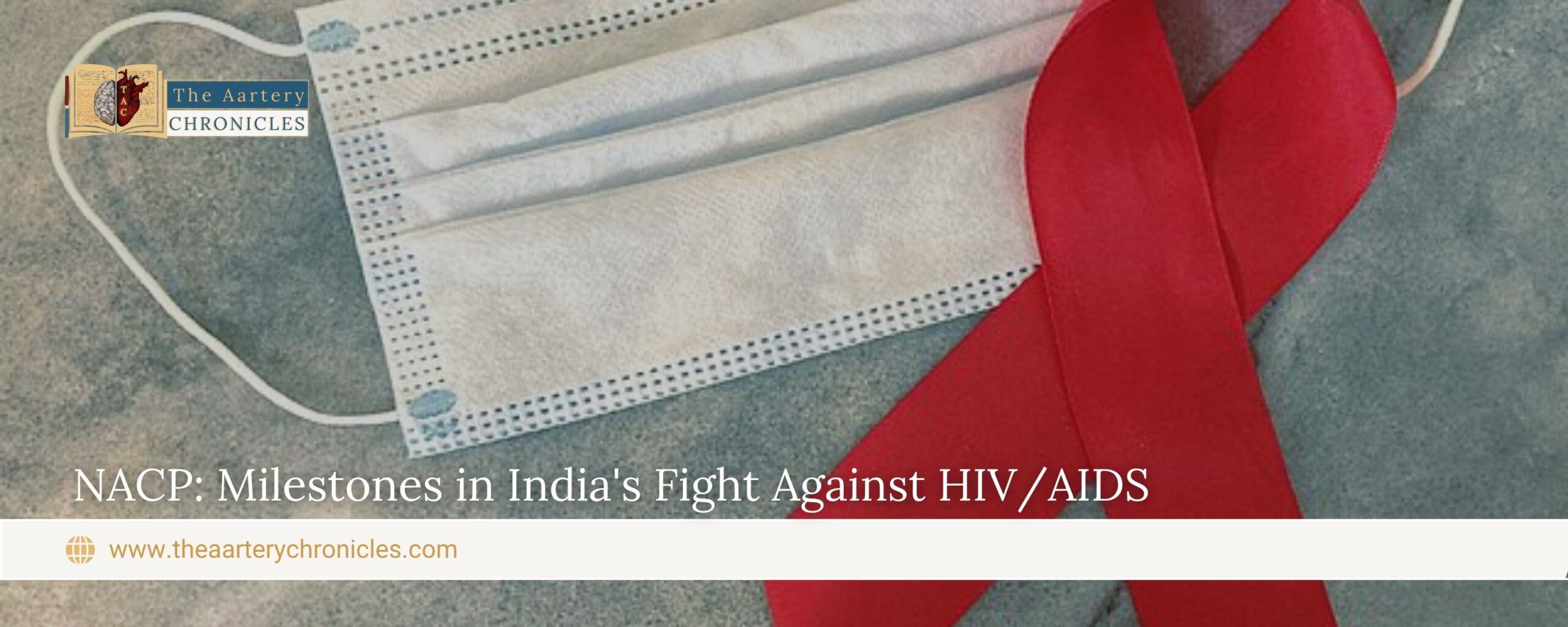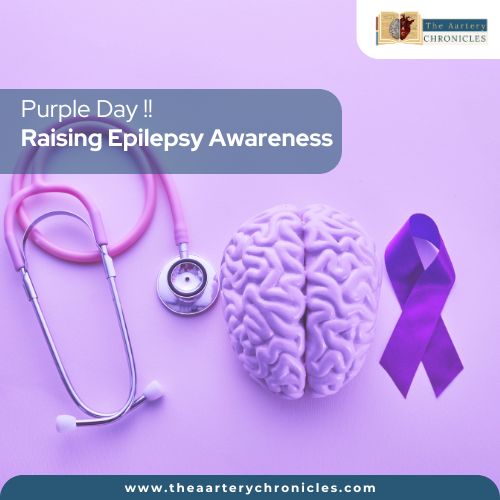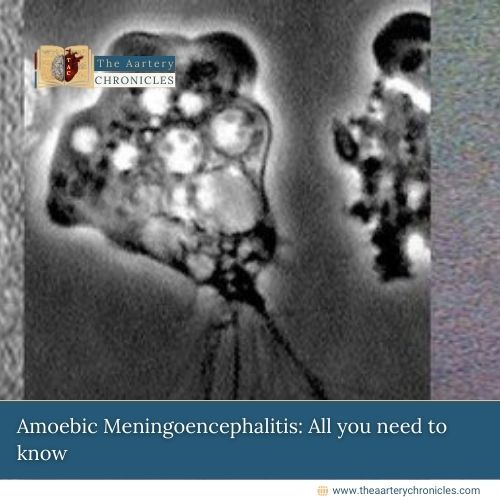

NACP: Milestones in India's Fight Against HIV/AIDS
Introduction
The National AIDS Control Programme (NACP), initiated in 1992, has been a cornerstone in India’s fight against HIV/AIDS. Implemented as a comprehensive program, NACP has evolved from focusing on awareness to promoting behaviour change, decentralising the response, and increasing the involvement of NGOs and networks of people living with HIV (PLHIV).
Evolution of NACP
NACP-I (1991- 1999): Laying the Groundwork
The first phase of NACP was launched in 1992 and it aimed to slow down the spread of HIV infections, thereby reducing morbidity, mortality, and the overall impact of AIDS in India.
NACP-II (1999- 2006): Strengthening the Response
The dual objectives of reducing the spread of HIV and increasing India’s long-term capacity to respond to HIV/AIDS led to the launch of NACP-II in November 1999. This phase marked a significant shift in policy and strategy.
NACP-III (2007- 2012) Halting and Reversing the Epidemic
Launched in July 2007, NACP-III aimed to halt and reverse the HIV epidemic over five years. This phase emphasised scaling up prevention efforts among high-risk groups and the general population, integrating care, support, and treatment services.
NACP-IV (2012- 2017): Consolidating the Gains
NACP-IV was launched in 2012 and focused on accelerating the reversal of the epidemic and further strengthening India’s response through a well-defined integration process over the next five years.
NACP-V (2021- 2026): Towards Sustainable Development Goals
The National AIDS Control Programme (NACP) Phase-V is a fully funded Central Sector Scheme by the Government of India, with a budget amounting to Rs 15,471.94 crore. The primary goals of this phase are to reduce annual new HIV infections and AIDS-related mortalities by 80% by 2025- 26, from the baseline of 2010. NACP-V aligns with the United Nations’ Sustainable Development Goal 3.3, which aims to end the HIV/AIDS epidemic as a public health threat by 2030. Additionally, NACP Phase-V aims to achieve the dual elimination of vertical transmission, eradicate HIV/AIDS-related stigma, and promote universal access to quality STI/RTI services for at-risk and vulnerable populations.
Objectives of NACP Phase V
The specific objectives of the NACP phase V scheme include:
1. HIV/AIDS Prevention and Control
- Comprehensive Prevention: The scheme aims to ensure that 95% of individuals at highest risk for HIV infection use comprehensive prevention methods.
- Status Awareness and Treatment: The initiative aims to achieve a target where 95% of individuals living with HIV know their status, 95% of those aware are receiving treatment, and 95% of those receiving treatment achieve suppressed viral loads.
- Elimination of Vertical Transmission: Another important objective of the scheme is to ensure that 95% of pregnant and breastfeeding women living with HIV have suppressed viral loads to eliminate vertical transmission of HIV.
- Reducing Stigma and Discrimination: It also strives to reduce stigma and discrimination experienced by people living with HIV and key populations to below 10%.
2. Sexually or Reproductively Transmitted Infection (STI/RTI) Prevention and Control
- Universal access: The NACP V initiative aims to provide universal access to quality STI/RTI services for at-risk and vulnerable populations.
- Elimination of Vertical Transmission of Syphilis: Additionally, NACP V also aims to achieve elimination of vertical transmission of syphilis.
Implementation Strategy
NACP Phase-V will sustain, optimize, and enhance existing interventions while introducing, piloting, and scaling new strategies to address specific geographic and community needs. The HIV and AIDS (Prevention and Control) Act, 2017, will remain the foundation of the national response, facilitating the delivery of a comprehensive service package in an environment free from stigma and discrimination.
Goals and Strategies for Implementing NACP Phase V
Goal 1: To reduce annual new HIV infections by 80%
Strategies: Strategies to reduce annual new HIV infections by 80% include:
- Enhancing peer-led targeted interventions and comprehensive prevention packages.
- Expanding coverage of interventions, including opioid substitution therapy (OST), for injection drug use.
- Universalizing interventions in prisons and closed settings.
- Developing community-based service delivery models.
- Focusing on adolescents and youth.
Goal 2: To reduce AIDS-related mortalities by 80%
Strategies: Strategies to reduce AIDS-related mortalities by 80% include:
- Expanding HIV counselling and testing services (HCTS).
- Launching communication campaigns for risk perception and HCTS uptake.
- Maintaining care, support, and treatment (CST) service.
- Integrating sexual and reproductive health services for women.
Goal 3: To eliminate vertical transmission of syphilis and HIV
Strategies: Strategies to eliminate vertical transmission of HIV and syphilis include:
- Strengthening testing for pregnant women.
- Introducing dual-test kits for HIV and syphilis
- Improving linkage and retention among women living with HIV (WLHIV).
- Enhancing early diagnosis of infants and children.
- Involving the private sector in efforts to achieve elimination goals.
Goal 4: To promote universal access to quality STI and RTI services
Strategies: Strategies to promote universal access to quality STI and RTI services include:
- Sustaining and enhancing designated STI/RTI clinics (DSRCs).
- Implementing dual testing at HCTS centres.
- Promoting early detection through active case findings.
- Updating management guidelines and strengthening laboratory capacities.
Goal 5: To eliminate HIV/AIDS-related stigma and discrimination
Strategies: Strategies to eliminate HIV/AIDS-related stigma and discrimination include:
- Strengthening community systems and stakeholder sensitization.
- Designing communication strategies to eliminate stigma.
- Enhancing information on stigma and discrimination.
- Promoting social protection schemes through state governments.
Achievements and Impact
The impact of India’s national AIDS response has been significant. Since 2010, annual new HIV infections in India have declined by 48%, compared to a global average of 31%. AIDS-related mortalities have dropped by 82%, against a global average of 42%. Despite the progress, the fight against HIV/AIDS remains a national priority, with continued efforts needed to achieve the goal of ending the AIDS epidemic as a public health threat by 2030.
Conclusion
The National AIDS Control Program has been instrumental in reducing the burden of HIV/AIDS in India through its comprehensive and multi-pronged approach. Continued efforts and sustained commitment are vital to achieving the goal of an AIDS-free generation. By addressing the remaining challenges and building on the successes of NACP, India can continue to make significant strides in the fight against HIV/AIDS, ensuring a healthier future for all.









